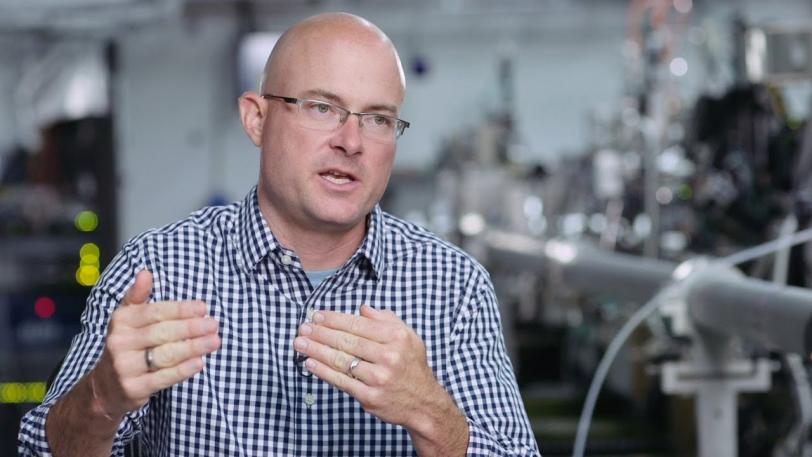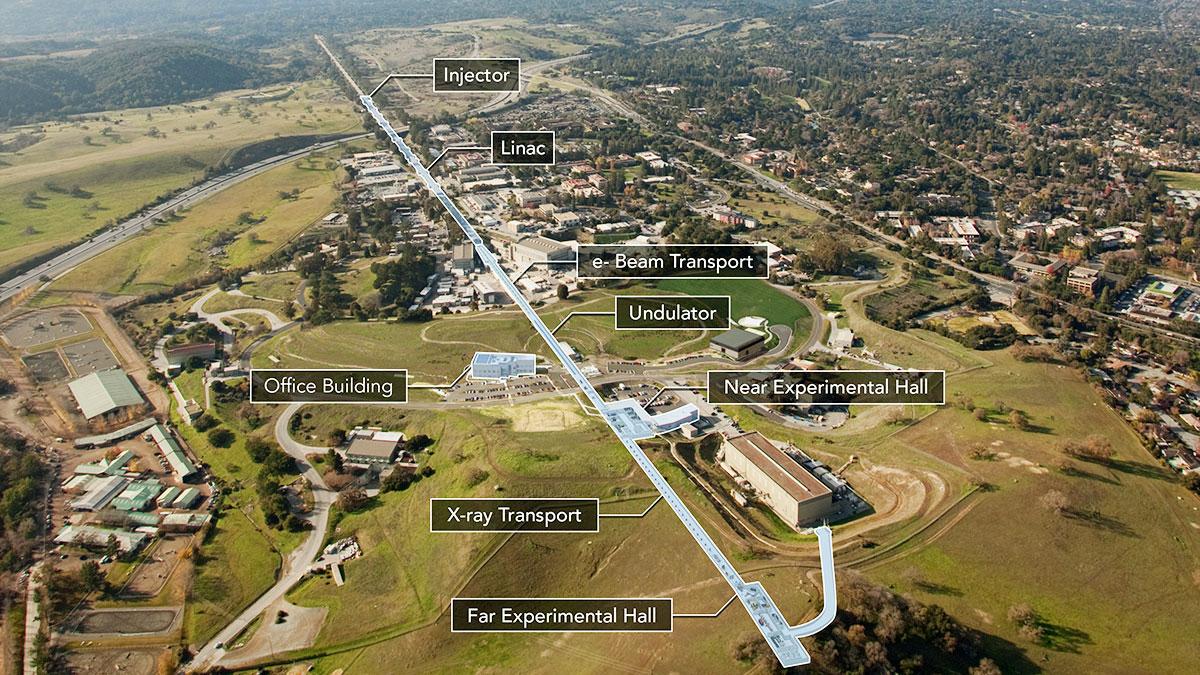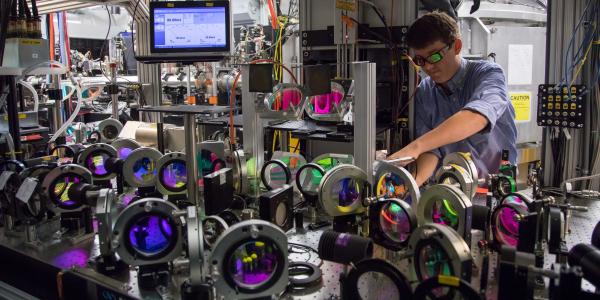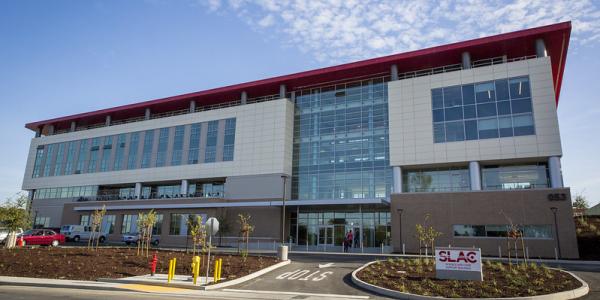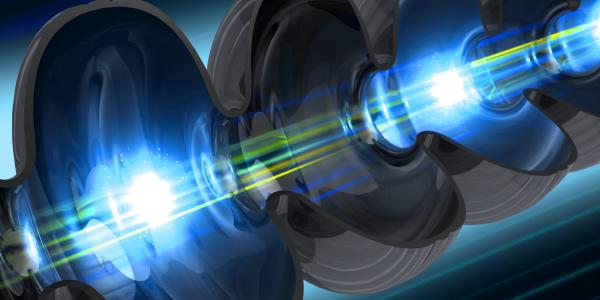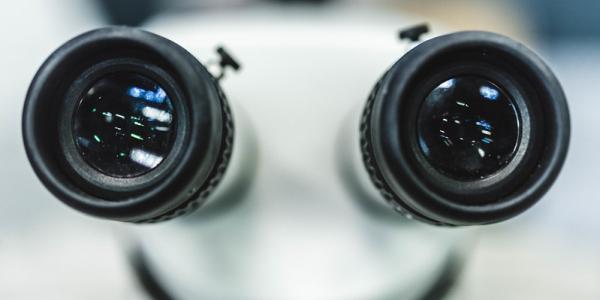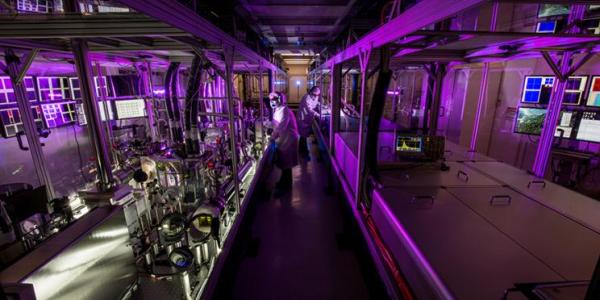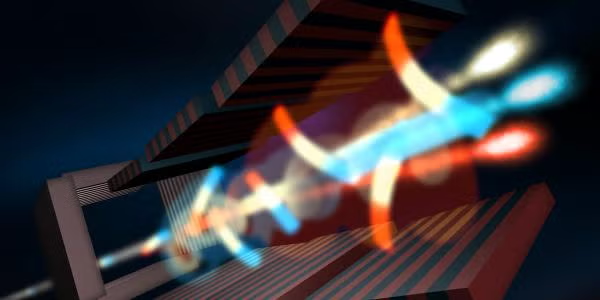LCLS Overview
LCLS takes X-ray snapshots of atoms and molecules at work, providing atomic resolution detail on ultrafast timescales to reveal fundamental processes in materials, technology and living things. Its snapshots can be strung together into “molecular movies” that show chemical reactions as they happen.
With over 13,000 scientific user visits in its first 10 years of operation, researchers from around the world have conducted groundbreaking experiments in fields as diverse as chemical catalysis, human health, quantum materials science, and the physics of planetary formation. Data from LCLS experiments have generated over 1450 articles in peer-reviewed scientific publications, with a quarter of them appearing in prominent journals like Science and Nature.
Since the start of operations in 2009:
3,000+ Unique users
900+ Experiments
1450+ Publications
A Broad Reach
LCLS is enabling pioneering research across many fields:
Harnessing the Sun’s Light
Photosynthesis is one of the most important chemical reactions on Earth, yet most aspects are not fundamentally understood. With LCLS, researchers can directly observe the natural processes that convert the sun’s light into usable energy, with promising implications for America’s energy future.

Revealing Life's Secrets & Aiding Drug Development
Scientists are using LCLS to determine the structures of proteins from tiny nanocrystals. This unique capability opens the door to studying tens of thousands of biological structures that were out of reach before, including proteins important in disease and its treatment. LCLS has enabled detailed structural studies of membrane proteins, which are key targets for drug discovery; its unique pulses offer important advantages over more conventional X-ray sources in advancing membrane protein research.

Developing Future Electronics
Experiments at LCLS are exploring new ways to design and control the magnetic and electronic properties of electronic materials with ultrashort pulses of light. This could ultimately lead to extremely fast, low-energy computer memory chips and data-switching devices.

Customizing Chemical Reactions
Research at LCLS is improving our understanding of the earliest steps in chemical reactions, including catalytic reactions that are critical in producing fuels and other industrial chemicals. This improved understanding of ultrafast chemistry at the scale of atoms and molecules could lead to more efficient and controllable chemical reactions.

Designing New Materials and Exploring Fusion
LCLS gives scientists the right tools to investigate, as never before possible, the extremely hot, dense matter at the centers of stars and giant planets. These experiments help researchers explore how materials respond to stress, design new materials with enhanced properties, and attempt to replicate the nuclear fusion process that powers the sun.

How It Works

LCLS was the first laser in the world, and one of just two now in operation, to produce "hard," or very-high-energy X-rays. The process of producing X-ray pulses starts in a section of SLAC's linear accelerator.
First a drive laser generates a precise pulse of ultraviolet light, which travels to an injector "gun" and strikes the surface of a copper plate. The plate responds by releasing a burst of electrons, which are accelerated by a series of devices to boost their energy.
The electron pulses then enter the LCLS Undulator Hall, the heart of LCLS, where they are put to work generating X-ray laser light.


The Undulator Hall houses thousands of special magnets, spaced a few millimeters apart and arrayed so their north-south magnetic poles alternate. The poles alternately attract and repel passing electron bunches, which swerve back and forth in an undulating motion that forces them to give off X-rays.
As each electron bunch travels with its associated X-rays, they start to interact with each other. The electrons arrange themselves in parallel sheets; this causes the waves of X-ray light to line up so their crests and troughs match, creating “coherent” or laser light and greatly boosting the power of the X-ray pulses. At this point the electrons are no longer needed; they are safely discarded, and the X-ray laser pulses continue in a straight line to LCLS experiments, arriving at a rate of up to 120 pulses per second.
X-rays are delivered to any of the specialized experimental stations, and in some cases to multiple stations simultaneously. Each station has a dedicated team of scientists and support staff who spearhead R&D efforts, engage in innovative research and assist users with experiments.
Each station is equipped with a suite of instruments that use specialized techniques to gather data, from telltale signatures of electrons and ions to the intricate patterns left by crystallized samples struck by the X-ray laser.
What's Next

A major upgrade to the facility, known as LCLS-II, is underway. This will provide a revolutionary leap in capability by increasing the X-ray pulse repetition rate from 120 pulses per second to 1 million pulses per second!
LCLS-II will be a transformative tool for energy science, qualitatively changing the way that X-ray imaging, scattering and spectroscopy can be used to study how natural and artificial systems function. It will enable new ways to capture rare chemical events, study quantum materials with unprecedented resolution, and track the behavior of fluctuation biological systems.
With LCLS-II, SLAC will continue to advance the frontiers of X-ray research, keeping the United States at the forefront of this very competitive international arena and supporting transformational science for the coming decade.
LCLS-II: The Next Leap for X-ray Science

LCLS-II: The Next Leap for X-ray Science
Find Out More About LCLS
Further Exploration
The world at the atomic scale is never at rest, with particles moving so quickly and molecular bonds changing so rapidly that we have been unable to capture their motion directly until now.
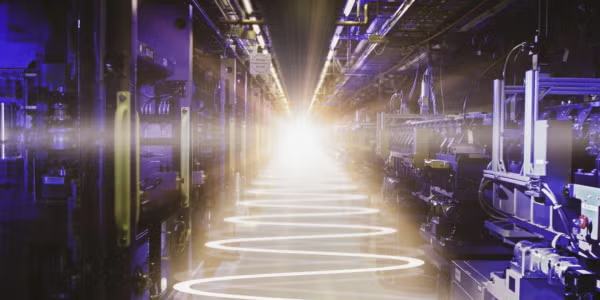
A particle accelerator's $1 billion upgrade could lead to improvements in electronic gear. Also in SLAC's sights: better batteries and cancer treatments.

Explore femtosecond science at SLAC through interactive infographic, videos, Q & A with scientists, virtual tours of LCLS, etc.

Molecular movie-making is both an art and a science; the results let us watch how nature works on the smallest scales.


